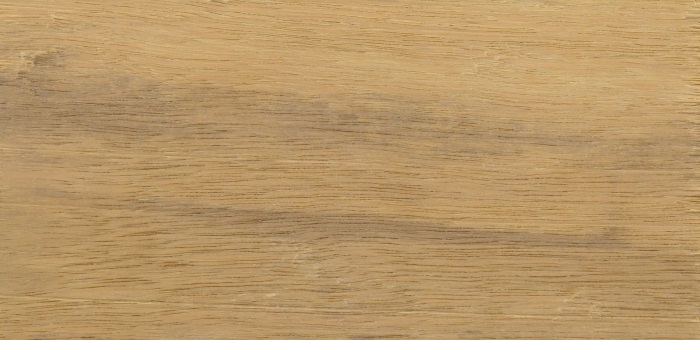Ceder (Cedro)
| Commercial Name(s): | Ceder, Cedro |
| Other Name(s): | Cigarbox, Cedrat |
| Botanical Name: | Cedrela odorata, Cedrela fissilis |
| Botanical Family: | Meliaceae |
| SBB Code: | CED |
Profile
Ceder´s heartwood is a relatively uniform light pinkish to reddish brown; colors tend to darken with age. Random pockets of gum and natural oils are commonly present. Grain patterning and figure tends to be somewhat bland. Can range from ring-porous to diffuse-porous; medium-large earlywood pores, small-medium latewood pores; solitary and radial multiples of 2-3; mineral deposits (red gum) occasionally present; growth rings distinct due to terminal parenchyma in diffuse-porous samples, or lines of larger pores in ring-porous samples; rays usually visible without lens; parenchyma banded (terminal), apotracheal parenchyma diffuse-in-aggregates, paratracheal parenchyma vasicentric.
Typical use
Veneer for back or face of plywood, Interior joinery, Cigar boxes, Current furniture or furniture components, Glued laminated, Exterior joinery, Ship building (planking and deck), Fiber or paticle boards, Moulding, Formwork, Seats, Sliced veneer, Interior panelling, Cabinetwork (high class furniture), Light carpentry, Wood frame house, Boxes and crates, Musical instuments, Shingles, Sculpture, Wood-ware.
Technical Information
Trees Size: 20 – 25 m
Trunk Diameter: 0.6 – 1.20 m
Moninn Hardness: 1.6
Crushing Strength (Mpa): 32 – 44
Basic Specific gravity: 0.41 – 0.51
Density (kg/m3 dry): 0.79
Texture: Fine and uniform to rather coarse and uneven
Static banding sterngth (Mpa): 62
Modulus of elasticy (Mpa): 9210
T/R Ratio: 1.5
Finish: Excellent
Stability: Stable


